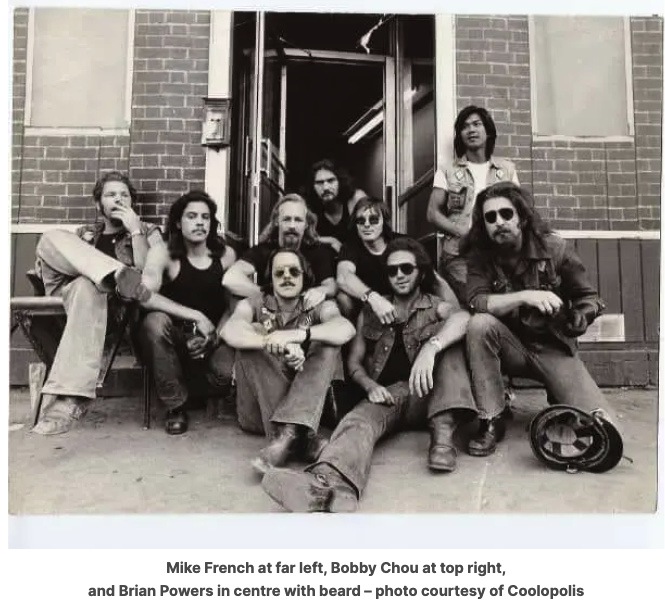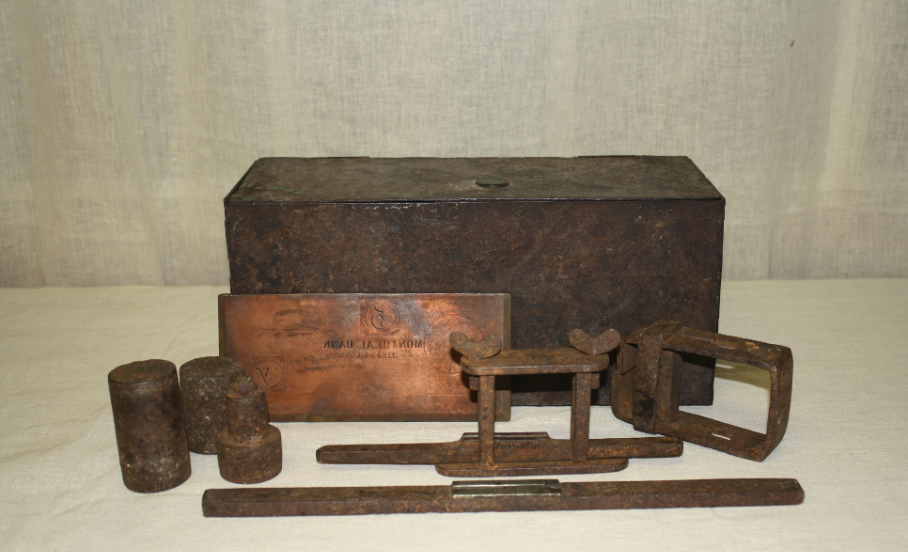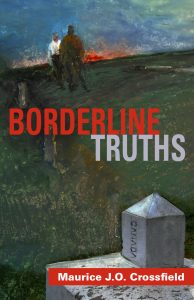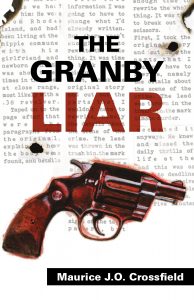Why would Satan’s Choice be involved the marine salvage business?
Ed note: This originally appeared earlier this year in The Record’s Townships Weekend section
By Maurice Crossfield
Every now and then you come across an oddball story, one that doesn’t make sense and raises more questions than it answers. Like why, when a Royal Canadian Air Force transport plane crashed on Lake Memphremagog in 1968, did it end up being salvaged by a group of outlaw bikers a decade later?
On January 7, 1968 (I wasn’t even a month old yet), Flight Lieutenant J. D. Evans and navigator Flight Lieutenant J. F. Morrow of 401 Auxiliary Squadron, based out of St. Hubert, were practicing landings on Lake Memphremagog near Georgeville with a De Havilland Otter. The single engine Otter was used in the RCAF for light transport and search and rescue operations until 1980, and many of them are still in service today, primarily as bush planes serving remote communities. They can be kitted out with conventional landing gear, floats for open water landings, or skis for winter touchdowns.
On one of the practice landings the ill-fated aircraft broke through the ice. Then the fuselage sank into the water. The two men managed to scramble out of the downed aircraft, giving their wedding tackle a good chilly soaking in the process.
Fortunately, the crash had a witness in the form of 18-year-old Réal Bernais, who had been hanging out on the Georgeville wharf. He was probably watching the plane. Bernais jumped on his snowmobile and raced out to get the two men, bringing them back to Henry McGowan’s boarding house to warm up and dry out. As they sipped hot coffee, they heard an explosion as the airplane caught fire. Within minutes the fire was out, the plane having sunk into 280 feet of water.

Over the next decade the wreckage of the ill-fated Otter was the subject of several salvage attempts. Marine Industries of Montreal apparently spent $30,000 to locate and raise the aircraft, but with no success.
Then in 1976 Montreal-based Lafitte Salvage purchased the salvage rights for $1,000. Using cutting edge technology such as closed-circuit cameras, they located the plane and managed to haul the tail and fuselage back to the surface, taking the wreckage to dry land in Georgeville, and later Magog. The salvagers refused to comment on rumours that a safe was found on the plane.

Here’s where things start to get interesting: It turns out that Lafitte Salvage was never a registered company. But the names of the five-man crew were known to the authorities: Brian Powers, Robert Chou, Michael French, Michel Veillette and Jean-Paul St. Michel. All members of the Satan’s Choice Motorcycle Club. If you start digging around in old newspapers looking for organized crime in the 1970’s, these names come up over and over. There was a gang war that saw Satan’s Choice and the Outlaws shooting it out with the Popeyes and Hell’s Angels. It was a bloody conflict in a particularly bloody era of Quebec history.
Powers ended up shot at his home in Montreal’s West Island in 1979. French was gunned down by West End Gang enforcer and hitman Jackie McLaughlin in 1982, his body found near Kahnawake. Chou died in 2018 of liver failure. I’m not sure what became of the others, but as you can see, these weren’t classically trained salvage experts living good, clean lives.
There are quite a few aspects of this that don’t add up: Firstly, why did Evans and Morrow try to land on Lake Memphremagog when the ice wasn’t thick enough to support an aircraft of that size? What caused a downed, nearly drowned airplane to explode well after the men were rescued? And then, why was security around the crash site so lax? If a military aircraft goes down, wouldn’t the RCAF have sent its own people to secure the site, and maybe send military divers in to examine the wreckage? I am unsure of the rules back then, but these days there would have been a full Canada Transportation Safety Board or a military investigation, with experts going over every inch of the plane and reporting on their findings. Instead, the armed forces sold off the salvage rights to whoever, with no regard for things like security, crash causes, or who they were giving military property to.
And why were a bunch of outlaw bikers doing underwater salvage work? News reports from the time said the skis from the plane were worth a few thousand dollars. The engine still turned freely and the three-bladed propellor was intact. But these guys were more accustomed to making bigger money in other domains, like dealing drugs and pimping out strippers and prostitutes. Stripping crashed planes for parts seems like more actual work than they were used to. How come they managed to raise the plane when the experts at Marine Industries failed?
Add to that the rumors of a safe on board. Was there something valuable on the Otter? I doubt it. The 401 Squadron was air reserve. These were part time guys, weekend warriors, who seem to have been practicing landings. Why would they have been carrying anything of value?
These are all questions that will remain unanswered. In fact, this story would likely have been forgotten by all but a few people if the late John Allore hadn’t come across it. While John Allore died in an accident nearly a year ago, his website https://theresaallore.com/ lives on. It’s a fascinating archive of true crime in the Eastern Townships and beyond, dedicated to finding who murdered his sister Theresa, when she was a student at Champlain College in November 1978.
Hopefully that’s a story we can still find answers to.



